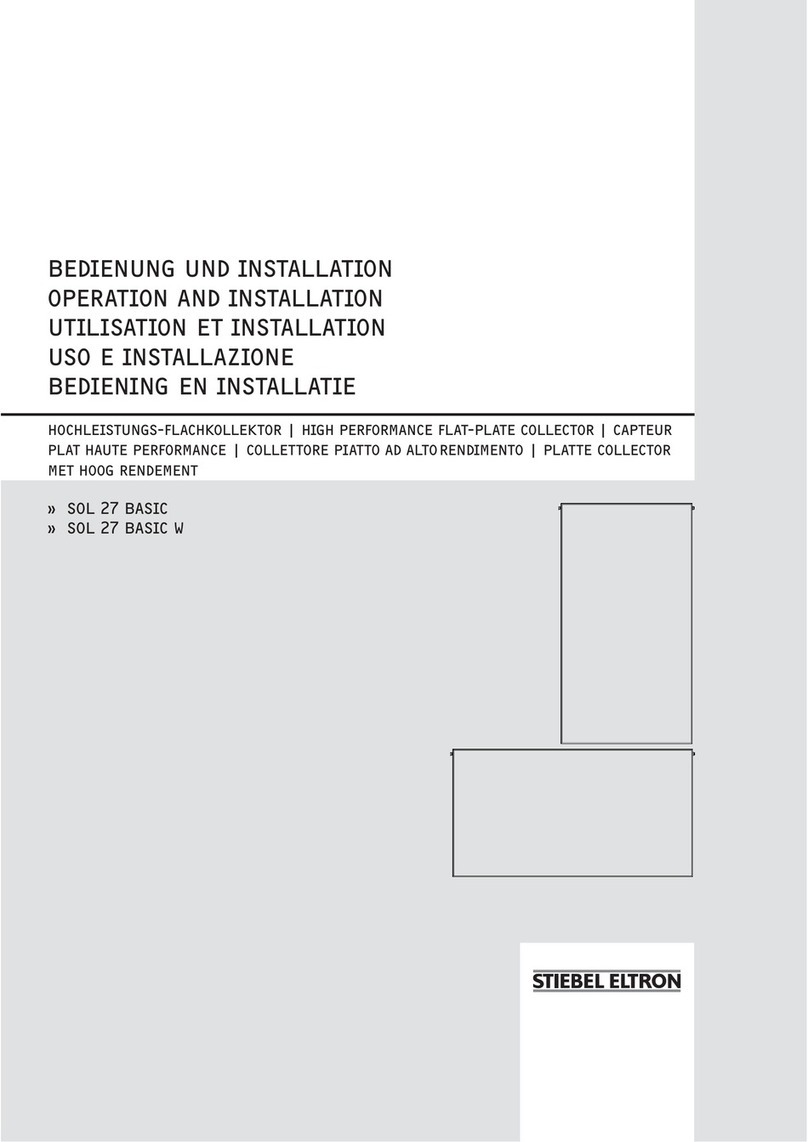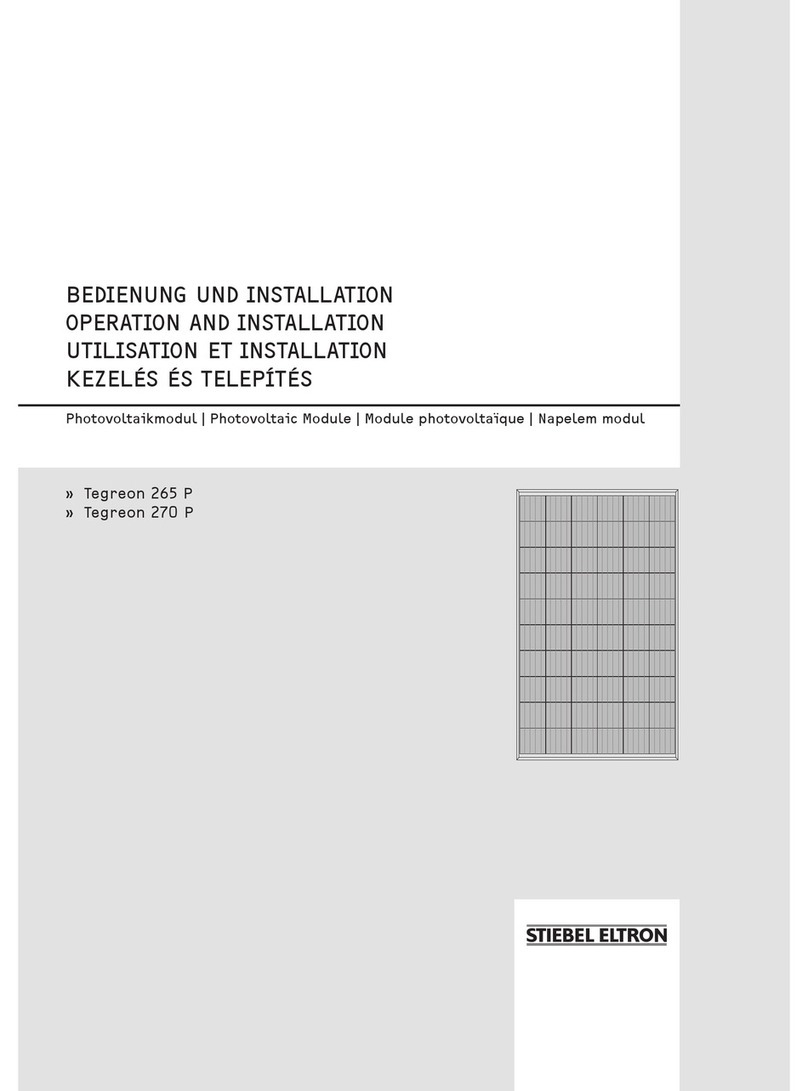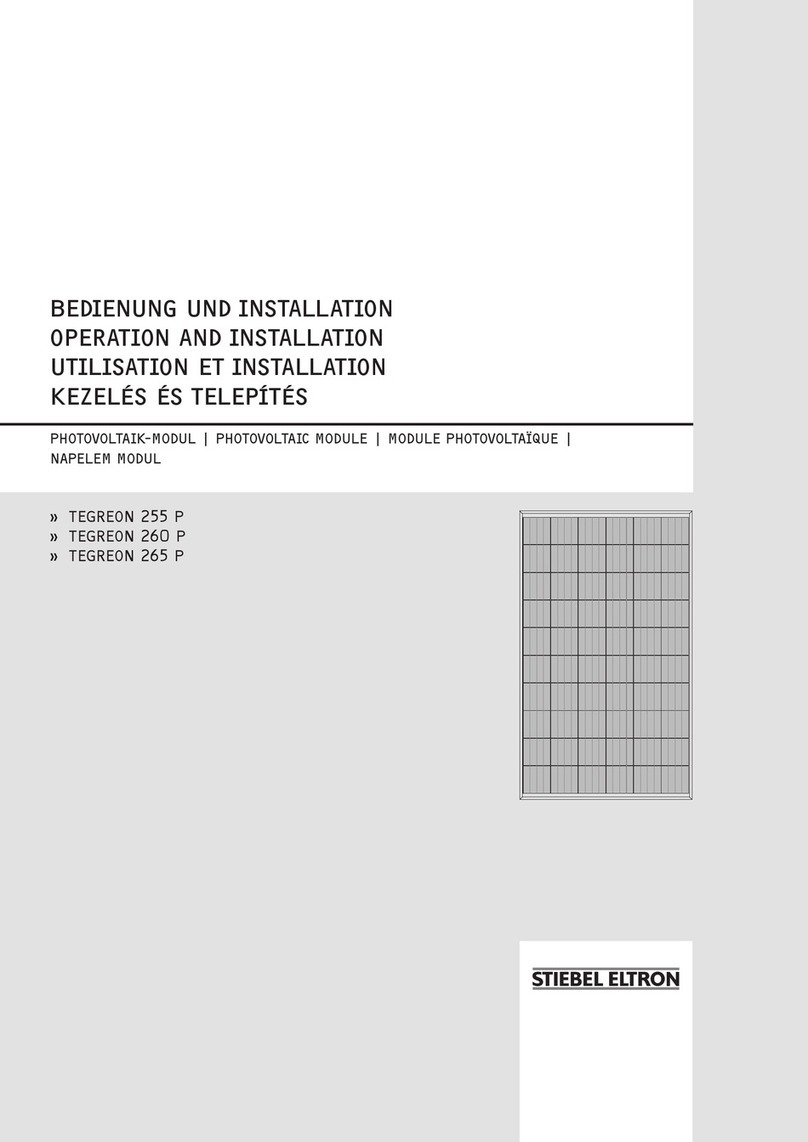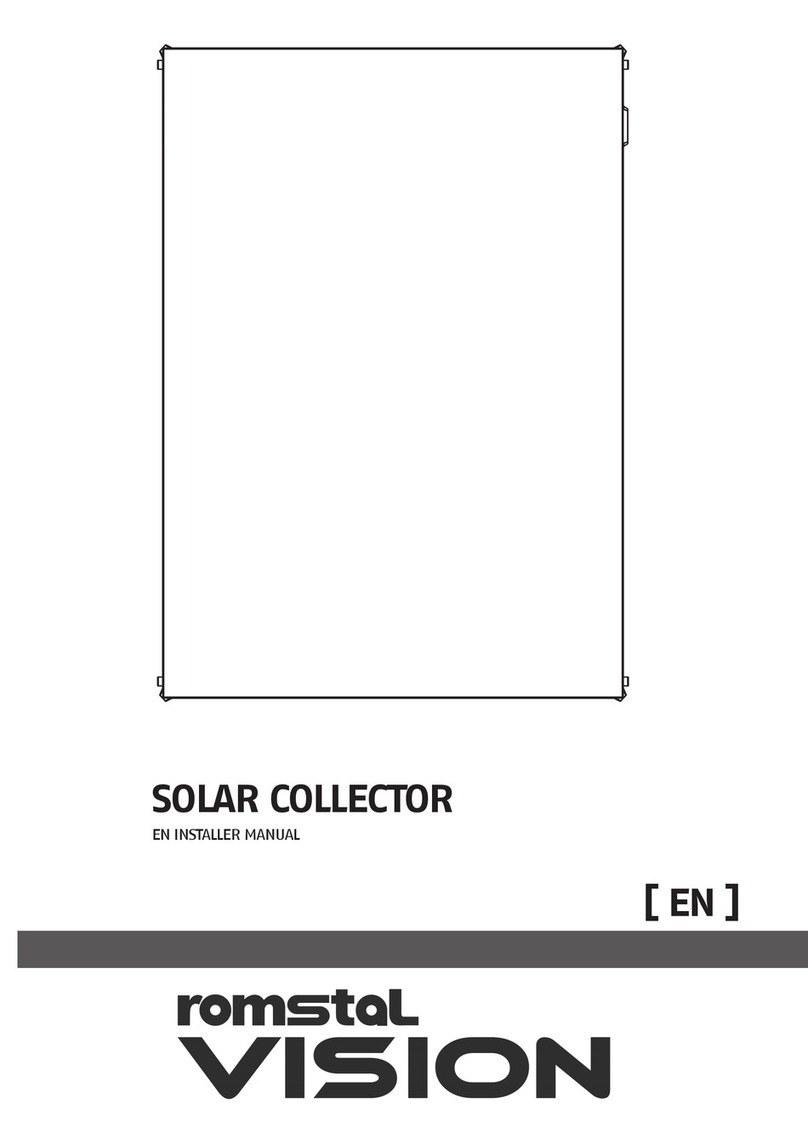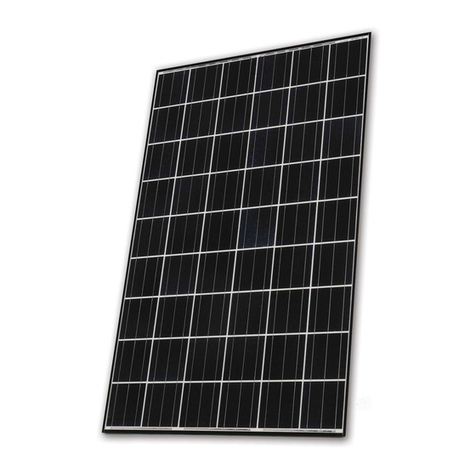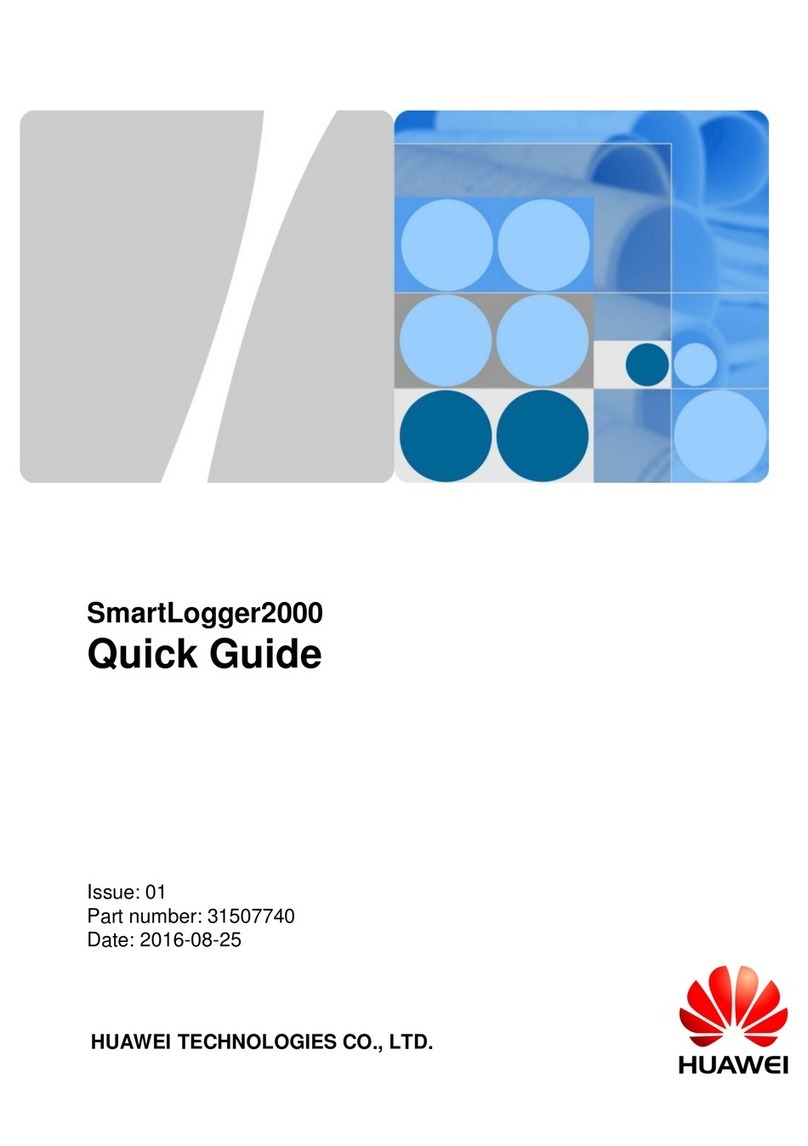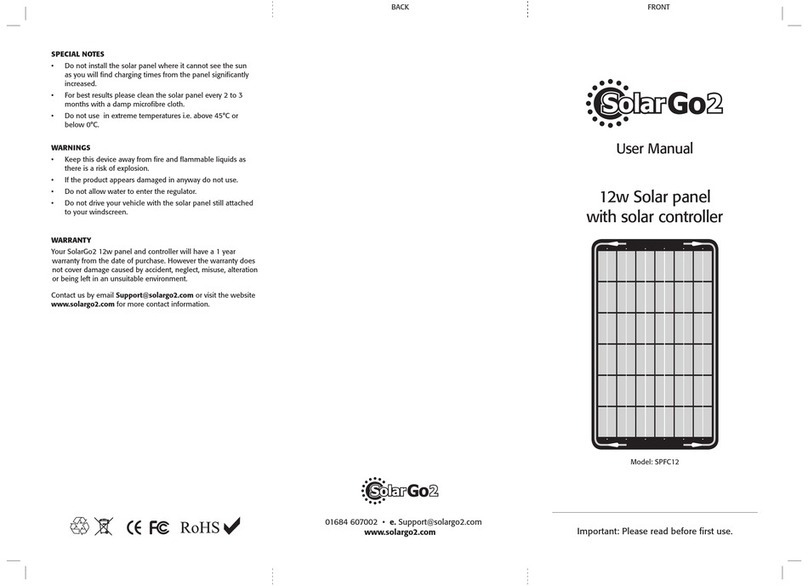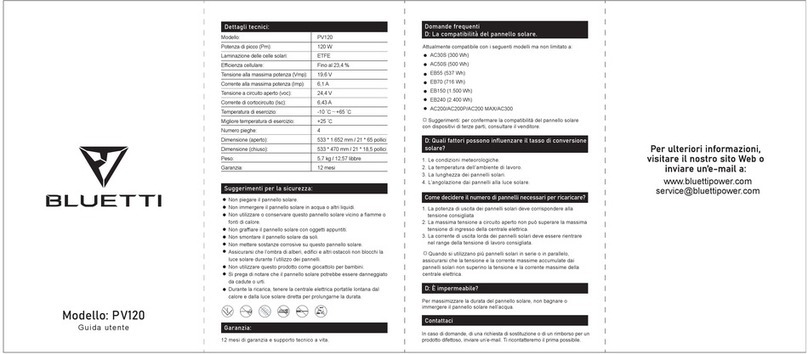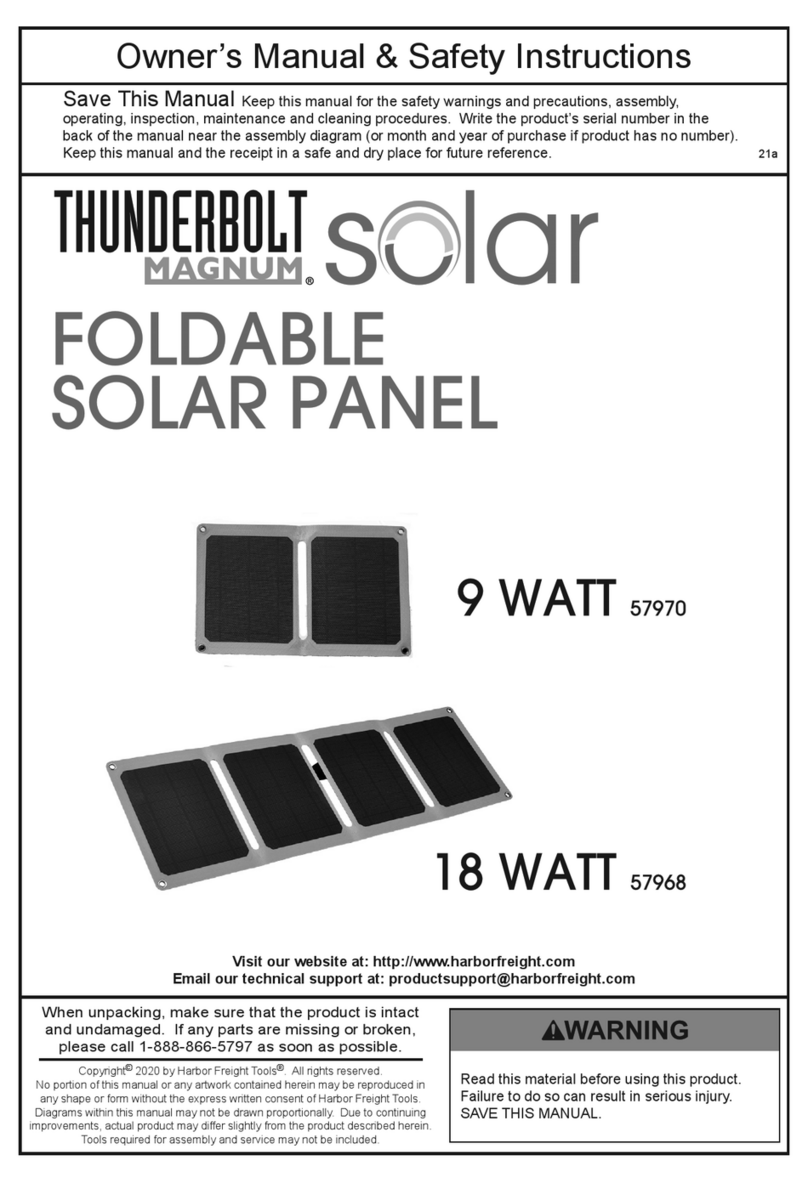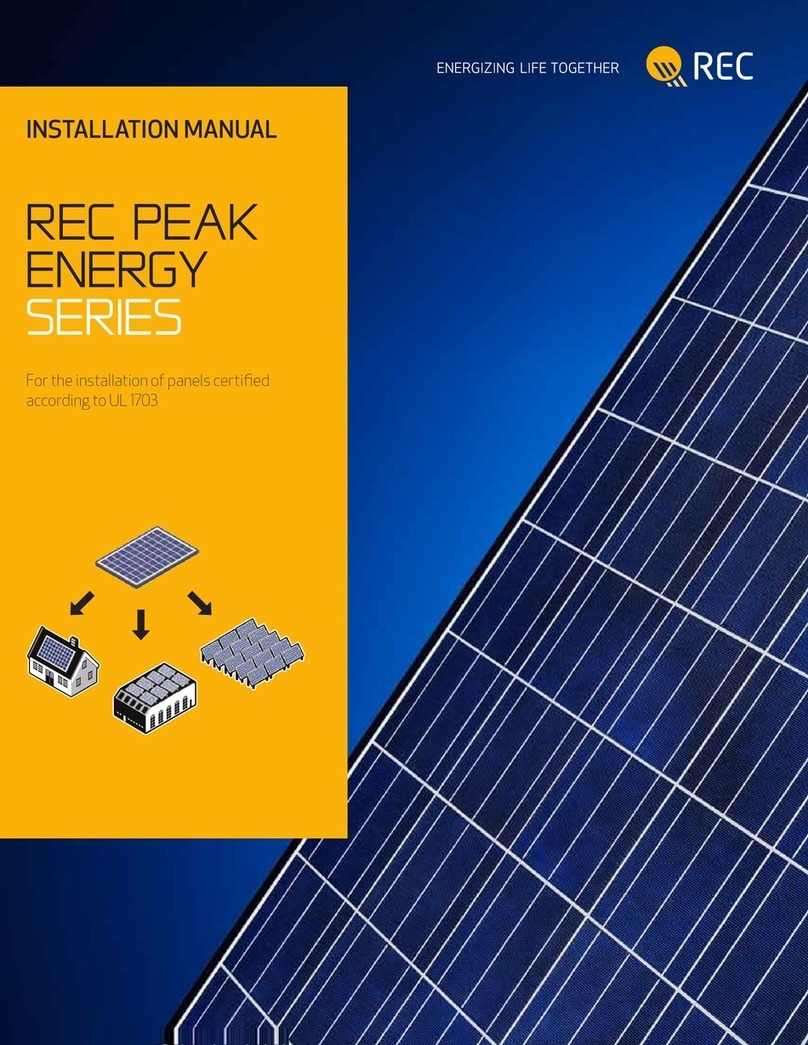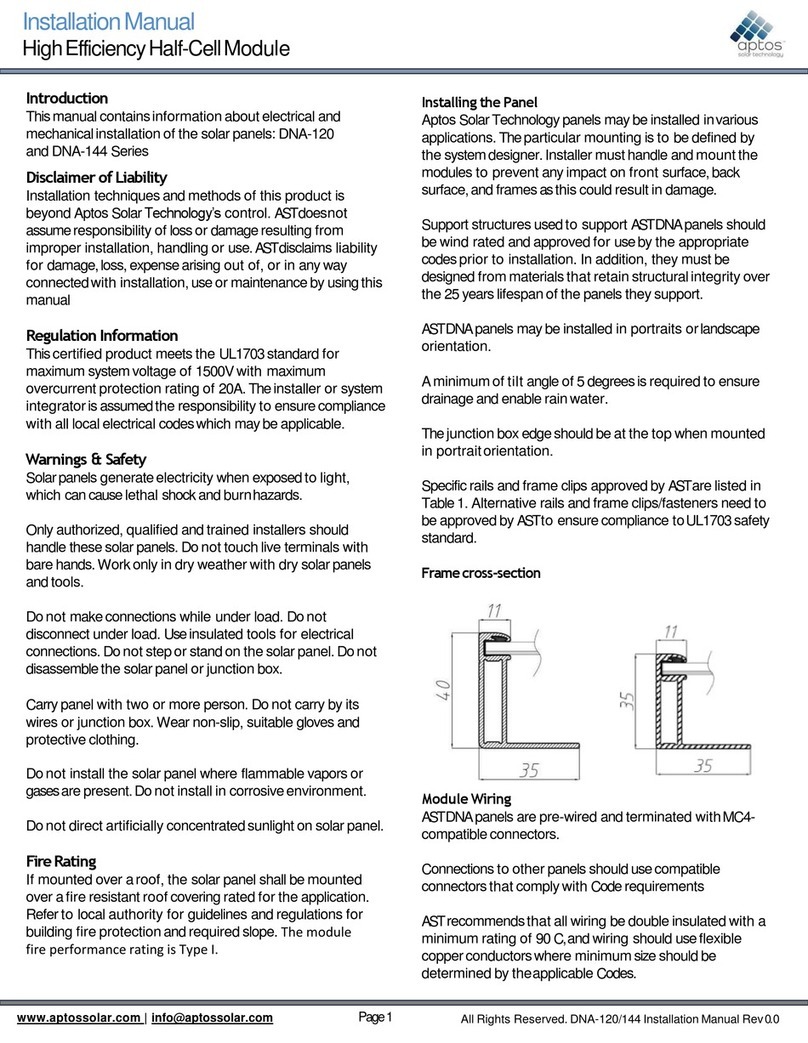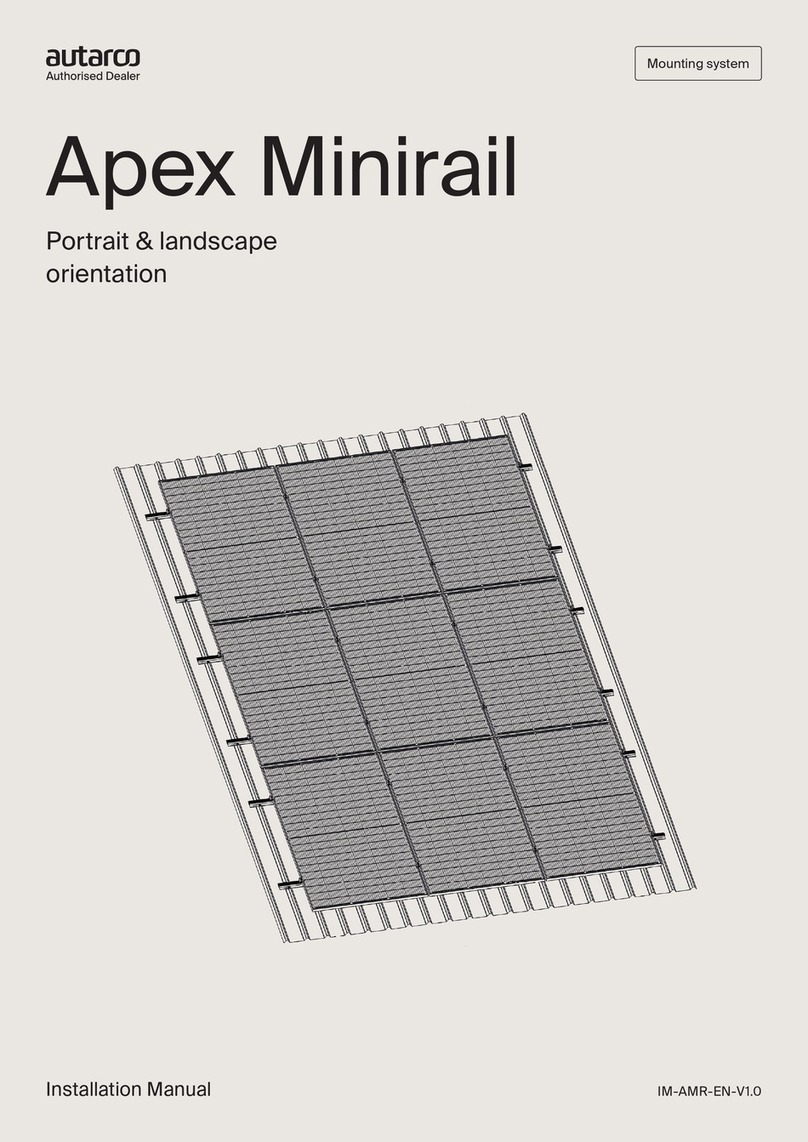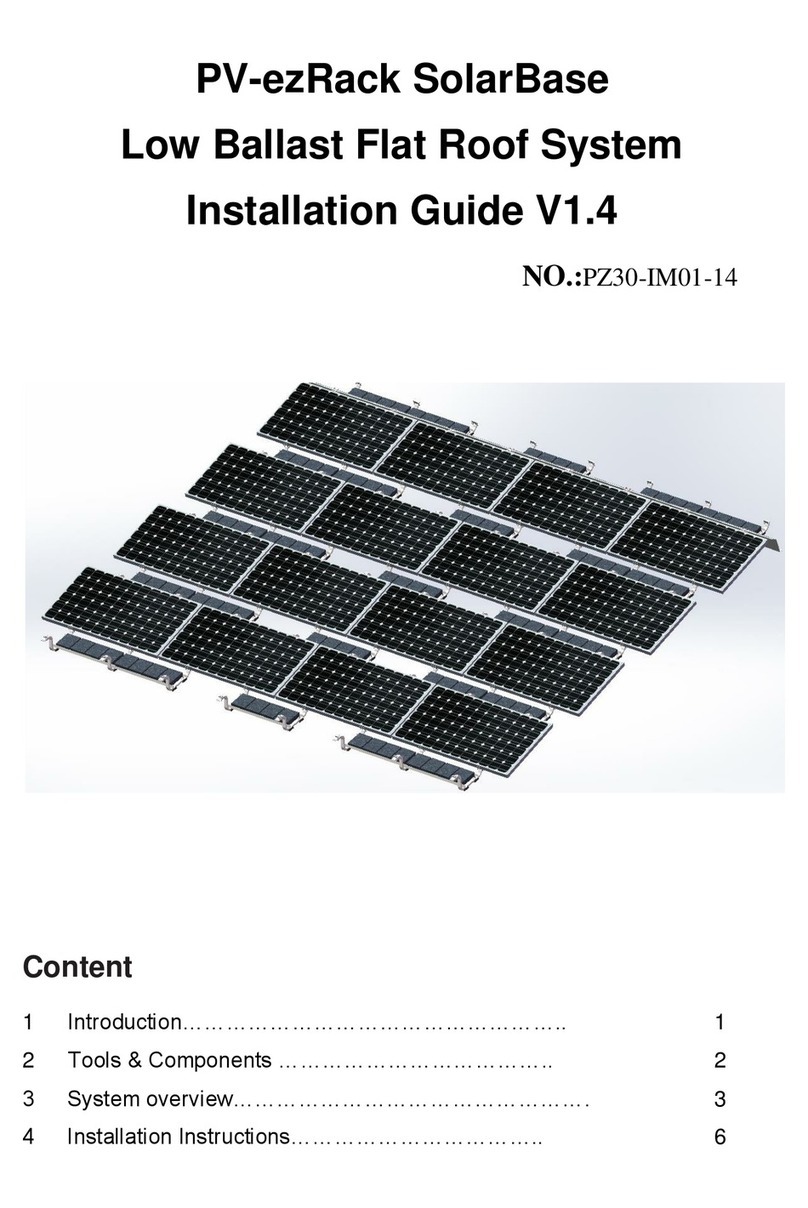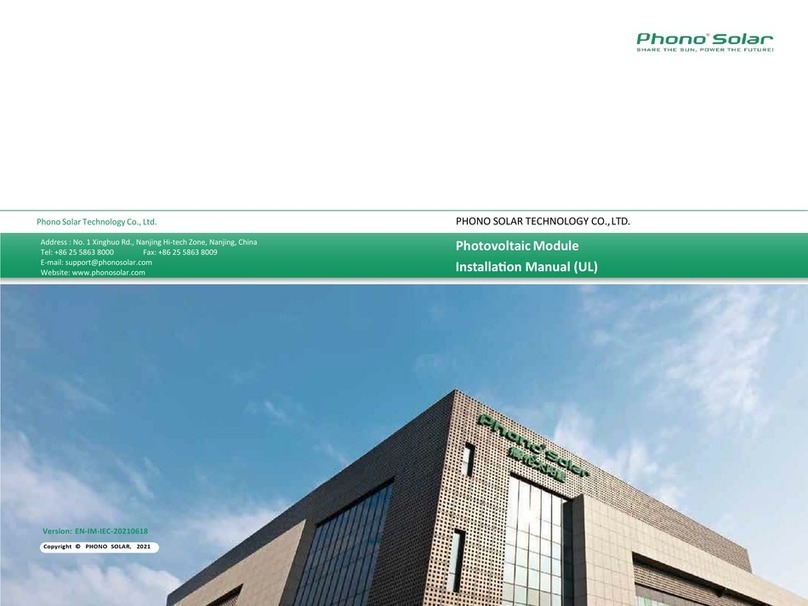
DEUTSCH
qqqĪZ`.<é<`VHCĪHB `&VHCĎ
:eCC.CZ`eC&VC`.
! "
'<99@226;:.926;2'@M>A;4.;26;2:A;?2>2>$><1A8@2.A3@>2@2;
?@25@5;2;1.?*2>@>62/?A;@2>;25:2;/2612:'62162?2?!<1A9
2>C<>/2;5./2;:6@&.@A;1(.@FA>'26@2
"#' "$"#
(
"# ' #"# !"#!
+6>?@2992;5M05?@2;?=>N052.;162%A.96@L@A;?2>2>$><1A8@2
62?2C2>12;A;@2>2.05@A;45M05?@2>%A.96@L@?.;3<>12>A;42;
6:<942;12;IA;12H1.52>3N>162.A2>B<;O.5>2;1.??
162$5<@<B<9@.68!<1A92(&#"O,,$3>26B<;$><1A8@<12>
2>?@299A;4?32592>;?6;1
!"#! "
+6>4.>.;@62>2;12:A;12;3N>!<1A92:6@26;2> 26?@A;4?
.A2>B<;O.5>2;;605@C2;642>.9?O12>.A312: ./29
.;4242/2;2;"<:6;.9926?@A;4?<C623N>162.A2>B<;O.5>2;
;605@C2;642>.9?O12>.A312: ./29.;4242/2;2;"<:6
;.9926?@A;42>/>6;42;62?2 26?@A;4?4.>.;@621208@.A??05962J
9605 26?@A;4?:6;12>A;42;./162.A34>A;1B<;-299124>.1.@6<;
2;@?@252;
26?@A;4?:6;12>A;42;1626;3<942B<;!.@2>6.9<12>*2>.>/26
@A;4?32592>;2;@?@252;C2>12;;605@2>?2@F@
62 26?@A;4?:6;12>A;4:A??1A>0526;2B<;A;?.A@<>6?62>@2
(2?@6;?@.;F6;26;2:2;@?=>2052;1.A@<>6?62>@2;(2?@B2>3.5>2;
A;@2>'@.;1.>1@2?@/216;4A;42;'(32?@42?@299@C<>12;?26;
62<?@2;12> 26?@A;4?N/2>=>N3A;4@>.42;C6>;A>/26*<>96242;
26;2?.>.;@623.992?
#!!#!!#! &# "
62.>.;@62;A:3.??2;826;2226;@>L05@64A;42;12>$5<@<B<9
@.68!<1A921621.1A>052;@?@.;12;?6;11.??
926@A;4B<;26;2:.05/2@>62/:<;@62>@CA>12;
&2429;12>(205;68@>.;?=<>@62>@26;42/.A@:<;@62>@42
=>N3@>2=.>62>@42>26;64@42=24@<12>/2@>62/2;CA>12;
@205;6?052;'=2F68.@6<;<12>2;@4242;12:B<>42?252;2;
*2>C2;1A;4?FC20842;A@F@CA>12;
?.0542:LJ429.42>@CA>12;
A;165>2:-A/25M><12>):/.A.>/26@2;<5;2.A?1>N0896052
-A?@6::A;4B<;A;?B<>42;<::2;CA>12;
162$5<@<B<9@.68!<1A92.AJ2>42CM5;96052;):42/A;4?
26;N??2;'.;1?@N>:2K/2>?=.;;A;4!.4;2@32912>;<OL
.A?42?2@F@C.>2;
.429?059.42A2>*.;1.96?:A?A;1".@A>8.@.?@><=52;
.A?42?2@F@C.>2;
62.>.;@62;A:3.??2;826;2:6@@29/.>2;'05L12;6;?/2?<;12>2
826;2"2/2;A;1<942?05L12;26;?05962J9605$2>?<;2;<12>
'.05?05L12;2;@4.;42;2>2C6;;/FC2;@4.;42;26;?=26?2
B2>4N@A;4A;1<12><?@2;3N>>?.@F?@><:/2FA4&A3?05L164A;4
.@2;B2>9A?@+2>/2<12>2>?@299A;4?8<?@2;2:26;8<?@2;A;1
*2>9A?@B<;A;12;?<C62<?@2;1621A>052@>62/?A;@2>/>2
05A;4<12>6;-A?.::2;5.;4:6@12>2:<;@.42);@2>?A05A;4
;@?<>4A;4"2A6;?@.99.@6<;<12>12:(>.;?=<>@12?12328@2;
?<C6212?FA96232>;12;$5<@<B<9@.68!<1A9?2;@?@252;
2> 26?@A;4?<>@12>.>.;@62926?@A;42;6?@6:.>.;@623.99B<>./
.;FA3>.42;A;1C6>1B<;'( (&#"/2?@6::@62&N08
?2;1A;412>+.>28.;;;A>;.05B<>52>642>!6@@269A;426;2>
(>.;?=<>@&289.:.@6<;?;A::2>2>3<942;
?9624@826;.>.;@623.99B<>C2;;A;C2?2;@960522592><12>
96242;1623N>12;+2>@A;112;/2?@6::A;4?42:LJ2;2/>.A05
A;2>52/9605?6;1
(>6@@26;.>.;@623.9926;3N5>2;C6>;.052642;2>;@?05261A;4
2;@C212>26;23.05:L;;6?052&2=.>.@A>12>/2@><332;2;(2692
1A>05<12>2>?2@F2;162+.>21A>05;2A2<12>C2>8?N/2>5<9@2
(2692212?2>?2@F@2!<1A9C6>1A;?2>642;@A:'<C26@162/2
@>2332;12;!<1A92;605@:25>52>42?@299@C2>12;?6;1C6>/2
>205@64@26;2;.;12>2;492605C2>@642;!<1A9@E=FA96232>;
62>/>6;4A;4B<;.>.;@62926?@A;42;9M?@C212>12;246;;
;2A2>.>.;@629.A3F26@2;.A?;<05C6>1162.>.;@62F26@1.1A>05
B2>9L;42>@
&#"# "
62?2.>.;@62/216;4A;42;429@2;.A??05962J96053N>6;;2>5.9/
2A@?059.;1?A;1 AD2:/A>42>C<>/2;2$><1A8@2N>6;1.?
?<;?@642A?9.;1N/2>3N5>@22>L@2429@2;443.;12>2.>.;@62
/216;4A;42;
N>.AJ2>5.9/2A@?059.;1?2>C<>/2;22>L@2429@2;;605@162
.>.;@62/216;4A;42;A;?2>2>12A@?052;2?299?05.3@2;*629:25>
8.;;6; L;12>;6;12;2;26;2(<05@2>42?299?05.3@2D6?@62>@26;2
.>.;@62;A>B<;162?2>(<05@2>42?299?05.3@2>@269@C2>12;6;2
?<9052.>.;@626?@;A>1.;;2>@269@C2;;162(<05@2>42?299?05.3@
2642;2.>.;@62/216;4A;42;52>.A?4242/2;5.@.>N/2>56;.A?
C6>1826;2.>.;@622>@269@
N>2>L@21626; L;12>;2>C<>/2;C2>12;6;12;2;826;2(<05
@2>42?299?05.3@2D6?@62>@2>@2692;C6>826;2.>.;@62@C.642B<:
:=<>@2A>FA42?6052>@2.>.;@62;/926/2;562>B<;A;/2>N5>@
.;926@A;4/2.05@2@CA>12
62.A3423N5>@2;.>.;@623>6?@2;/246;;2;72C269?:6@12:(.4
12?.A3?.@A:12>&205;A;41A>0512;>?@/2@>26/2>
"$ #!!"%#
?@12>A;12*2>/>.A052>5.@2>A;?<332;?605@960522592>12>
$5<@<B<9@.68!<1A926;;2>5.9/B<;O!<;.@2;;.05>5.9@?05>63@
9605.;FAF2642;.;12>2;3.99?6?@16229@2;1:.05A;412>.>.;
@62.;?=>N052.A?42?059<??2;
?@12>A;12);@2>;25:2>?2@F2;.>.;@62.;?=>N05212?A;12;
B<>.A?1.??2>?26;2;;.05G42?05A912@2;);@2>?A
05A;4?A;1&N42</96242;526@2;<>1;A;4?42:LJ;.05428<:
:2;6?@




















